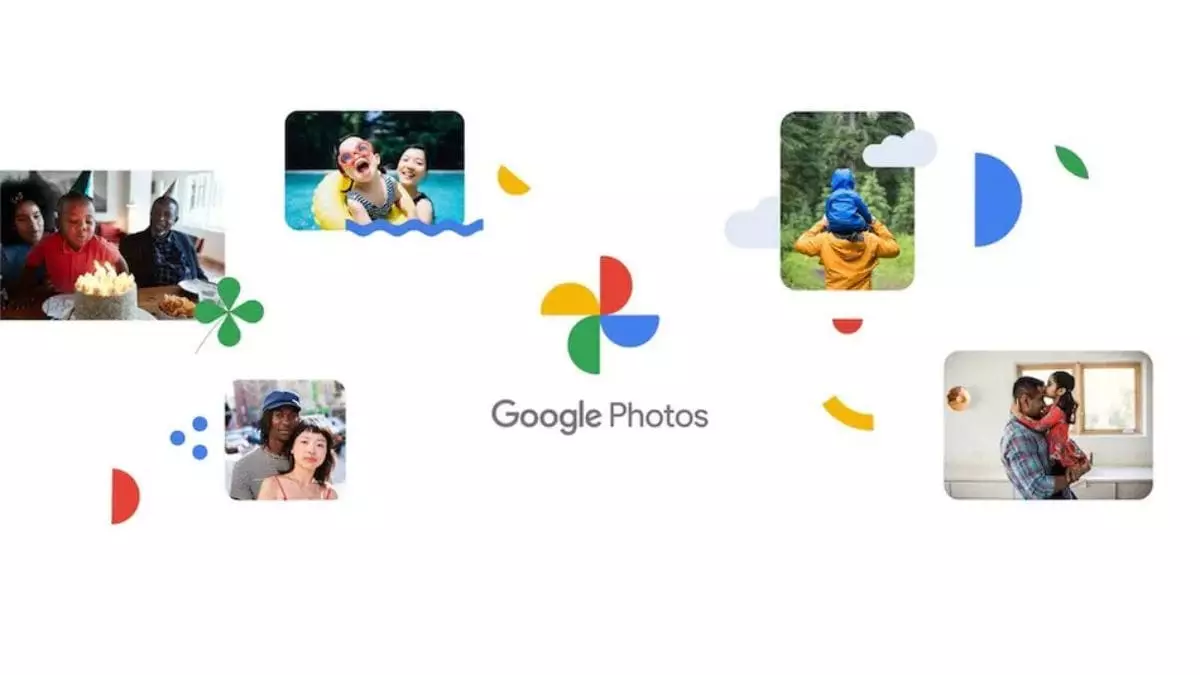The digital landscape is evolving rapidly, and with it comes an increasing layer of complexity regarding the authenticity of visual content. Google Photos appears to be taking a proactive stance in this arena by introducing a feature aimed at revealing whether images within the application have been created or modified by artificial intelligence (AI). This is an influential advancement in the quest to enhance the credibility of our images amid growing concerns over deepfakes and digital misinformation. This article explores the implications and finer details of this feature while considering its potential impact on users and the industry as a whole.
Understanding Deepfakes and Their Implications
In recent years, deepfakes have gained notoriety as a sophisticated form of digital manipulation, where video, audio, or images are altered or fabricated using AI technology. These manipulated media can be employed for various purposes, from harmless entertainment to malicious acts aimed at spreading false information or damaging reputations. For instance, notable figures, like Indian actor Amitabh Bachchan, have found themselves victims of deepfake advertisements that manipulate their likeness without consent, leading to legal repercussions. The significance of such instances underscores the urgent need for mechanisms that can clearly delineate authentic media from AI-generated or enhanced alternatives.
The Functionality of Google Photos’ AI Feature
The anticipated feature in Google Photos is associated with newly discovered ID resource tags that provide insights into the AI origins of images. These identifiers, particularly “ai_info” and “digital_source_type,” signify a turning point in how users interact with their digital assets. Although observed in version 7.3 of Google Photos, this feature remains dormant, leaving users eagerly awaiting its rollout.
When active, these tags could offer essential metadata concerning the tools or models used for image generation, potentially reflecting popular AI frameworks like Gemini or Midjourney. This level of detail is invaluable, not just for transparency but for educating users about the evolving landscape of digital content creation. Moreover, these functionalities could serve as a pivotal step towards mitigating risks associated with AI misuse and bolstering trust in visual media.
The debate surrounding how this information will be presented is equally crucial. One feasible method is embedding this data within the Exchangeable Image File Format (EXIF) to ensure authenticity and reduce the risk of tampering. However, this approach poses challenges for user accessibility, as most individuals may not delve into metadata to uncover these insights. Conversely, integrating on-image badges, reminiscent of initiatives by companies like Meta on Instagram, could provide users with immediate visibility into AI involvement in their images.
This alternative may enhance user experience by allowing visuals to speak for themselves while informing users about the underlying technology. As the line between real and artificial becomes increasingly blurred, such clarity is vital for fostering a discerning viewership.
The implications of Google Photos’ forthcoming AI feature extend far beyond individual users; they represent a broader movement towards integrity in digital media spaces. By equipping users with knowledge about the origins of their digital imagery, Google is promoting responsible consumption of visual content. In a world where misinformation can spread like wildfire, fostering an informed community could help mitigate the negative impacts of deceptive media practices.
Moreover, the demand for transparency in digital media will likely place pressure on other tech companies and social media platforms to adopt similar features. As users become more aware and concerned about digital authenticity, businesses will need to respond by developing robust systems to demonstrate transparency and responsibility in how they handle AI-generated content.
Google Photos’ initiative signifies an important stride towards enhancing transparency in digital imagery. As AI technology continues to advance, the implications for authenticity, integrity, and consumer trust are critical. By ensuring users are informed about whether their images are AI-generated or modified, Google is playing a pivotal role in navigating the complex landscape of digital media. The future will demand further innovation and adaptation in response to these changes, shaping a world where authenticity is cherished and misinformation is increasingly minimized. Through transparency, education, and vigilance, the digital community can better tackle the challenges posed by the evolving capabilities of AI technologies.

Leave a Reply